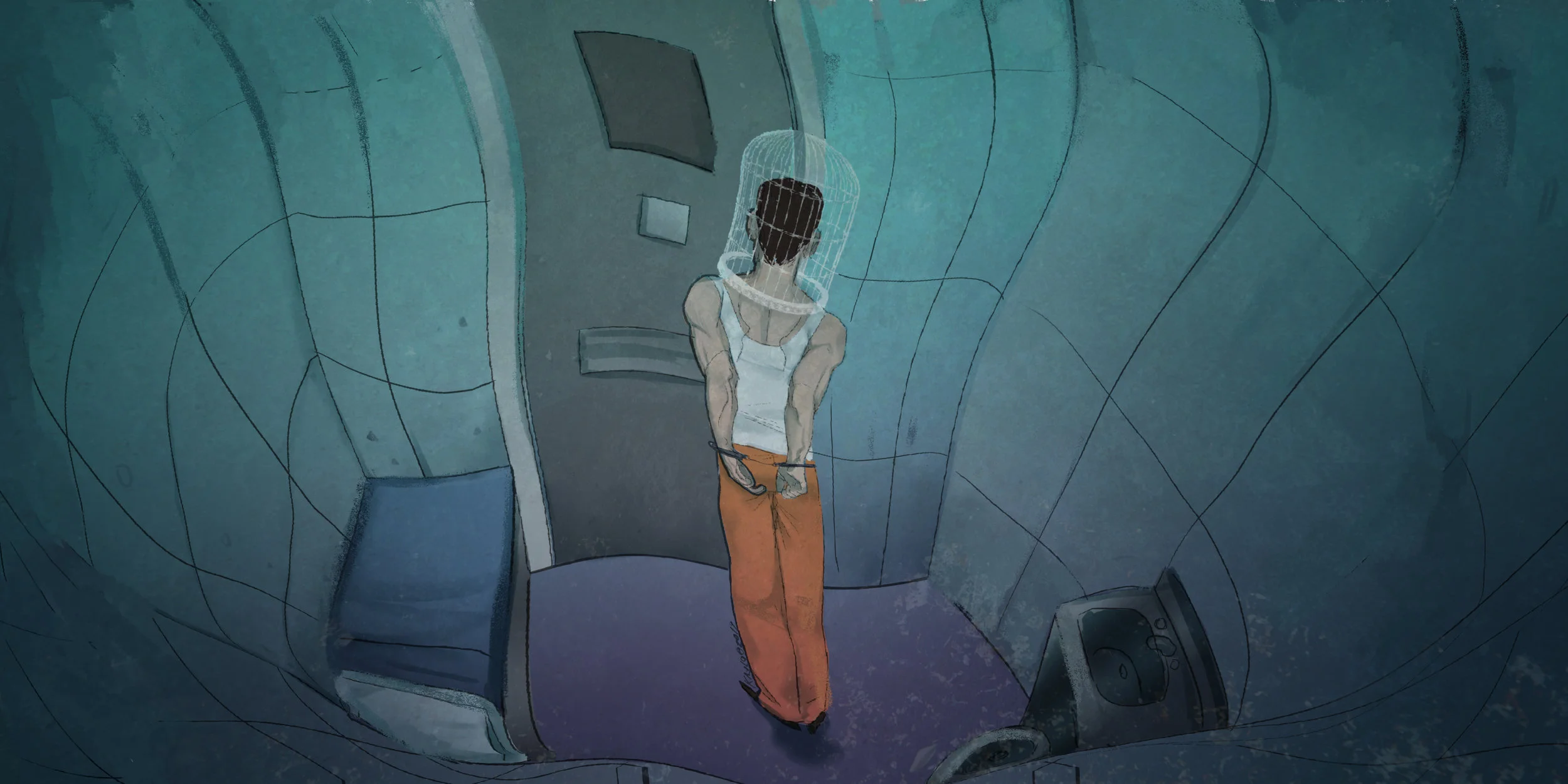November 2015
Issue 4: Transformation
The world is always changing — that's a fact. But some things change more than others, and sometimes in unexpected ways. This month, we're shining a spotlight on transformation: from transforming the human body through technology, to shifting energy into motion, to altering the way science is taught, to examining the plasticity of nature. Something for everyone.
Cover illustration by Keely Van Order. Theme by Jen Martin.
Editorial
Features
It’s a small world after all — or at least it will be soon. Molecular machines are transforming the way we control motion on the nano-scale.
Cyborgs, the fusion of human and machine, have fascinated us for over a century. Today, contemporary artists are making adaptations to their own bodies and exploring what it means to live as a cyborg.
Organisms respond to their environment by changing morphology or behaviour, sometimes very dramatically. But our warming climate may be pushing this capacity to its limit.
Classroom teaching is branching beyond the classic "chalk and talk" approach. Meet three science teachers putting progressive educational theory into practice.
articles
Humanity’s gift for finding meaning in the unknown make dreams an ever-present theme in our creative works — and our scientific inquiry.
You can tell a lot about an animal by its faeces. Red-necked wallabies take this to a whole new level, using faecal cues to avoid their enemies.
Columns
Pharmacogenomic tests are an extremely useful tool for prescribing medication – so why isn’t every doctor on the bandwagon?
Scientists need to craft a logical narrative out of their data, even when the literature looks more like a choose-your-own-adventure.







































































Metamorphosis used to be a benchmark for wonder at the natural world. Where did that go?